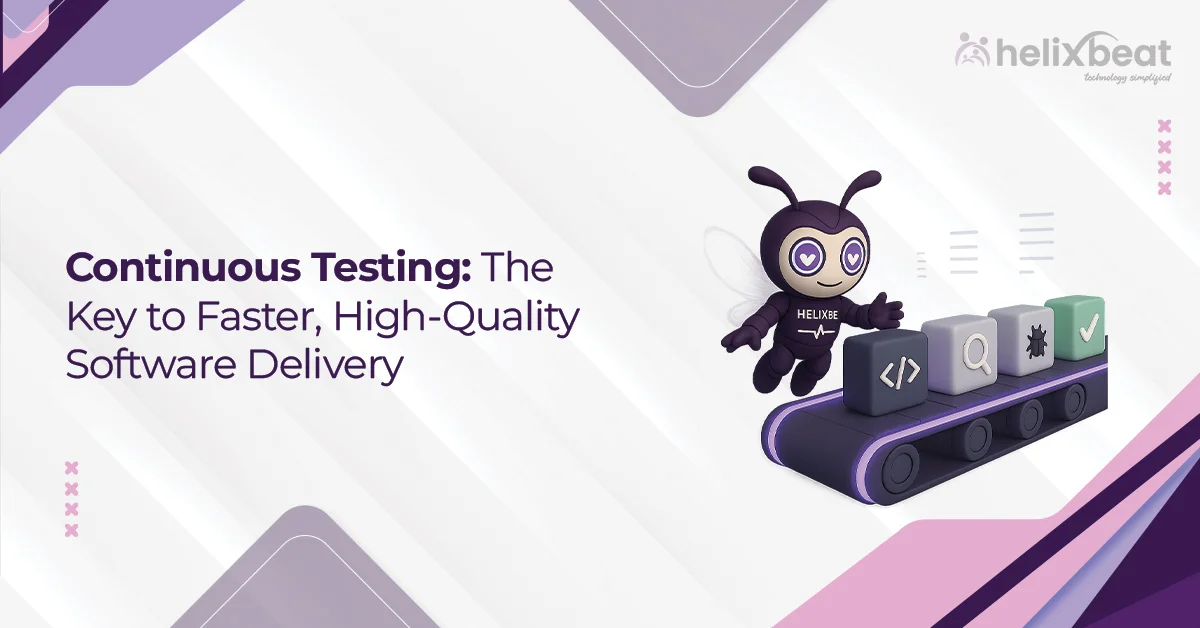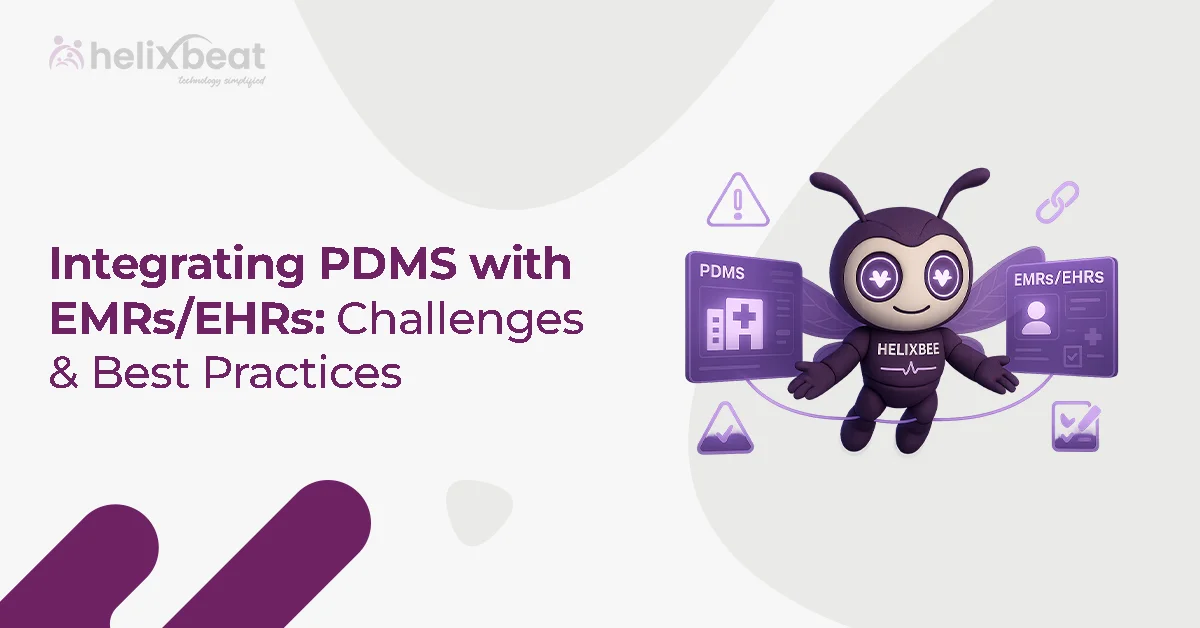By 2025, software testing had become a crucial part of software development companies. Over 40% of businesses report losing customers and revenue due to software failures. This makes companies adopt automation testing services to speed up processes and maintain security.
Choosing the right software testing techniques can help you identify bugs early, improve user experience, and save money. In this blog, we’ll explain the essential software testing techniques and show you how to select the best automation testing company for your needs.

Table of Contents
What are Software Testing Techniques?
Software testing techniques are methods used to evaluate and ensure the functionality, performance, and reliability of software applications. They help identify bugs, verify if the system meets the specified requirements, and ensure that it behaves as expected in different scenarios. Testing can be manual or automated, and the approach chosen depends on the project’s goals and complexity.
Why You Should Consider Software Testing Techniques
Adopting the right software testing techniques can:
- Increase Software Quality: Early testing helps catch issues before they affect the end user, improving overall software quality.
- Save Time and Costs: Identifying bugs early prevents costly fixes and delays later in development.
- Improve Security: Regular security testing uncovers vulnerabilities, safeguarding your application from cyber threats.
- Ensure Reliability: Testing ensures the software performs consistently, even under different conditions.
- Enhance User Satisfaction: Bug-free software results in a smoother user experience and fewer complaints.
Different Types of Software Testing Techniques
When it comes to ensuring the quality and functionality of software, testing is an essential part of the development process. There are two primary categories of software testing techniques: Static Testing and Dynamic Testing. Each type serves a unique purpose, and together, they help ensure the software performs as expected in different scenarios.
1. Static Testing
Static testing is the process of evaluating code, documentation, and design without executing the software. It’s primarily used during the early stages of development to identify potential issues before running the program. This technique can be divided into two main parts:
Reviews
Reviews involve a collaborative process where the development team examines code, requirements, and design documents. This helps identify issues such as unclear requirements or code errors before the software is run.
Example: A peer review might uncover a missing validation check in the code for user input that could lead to errors later.
Static Analysis
This technique involves using automated tools to check the code’s structure, syntax, and potential vulnerabilities without actually running it. It helps detect coding standards violations, performance issues, and security flaws early.
Example: Tools like SonarQube or Checkmarx can detect hardcoded passwords or inefficient code patterns that might cause performance problems or security risks.
2. Dynamic Testing
Dynamic testing involves executing the software to verify its functionality under real-world conditions. This type of testing ensures the program behaves as expected when actually in use. Dynamic testing can be broken down into three key types:
White Box Testing
White Box Testing focuses on testing the internal logic and structure of the application. Testers with full access to the source code examine the paths, loops, and conditions within the code to ensure each part functions correctly.
Example: A tester might verify that the login function handles all possible cases, such as valid credentials, invalid credentials, and password recovery, ensuring the system responds as expected.
Black Box Testing
Black Box Testing, in contrast, focuses on the software’s outputs based on various inputs without any knowledge of the internal code. This approach tests the software from the user’s perspective.
Example: Testing a payment system by inputting different credit card details to verify if the system correctly processes payments or rejects invalid information.
Grey Box Testing
Grey Box Testing is a combination of both White and Black Box Testing. Testers have partial knowledge of the internal workings of the system, which helps them focus on both functionality and technical structure.
Example: A tester might have access to the system’s database schema and use this knowledge to test how the software retrieves and displays user data, looking for potential issues like incorrect data formatting or slow queries.
Overview
- Static testing focuses on reviewing and analyzing the code without executing it, allowing for early detection of errors.
- Dynamic testing involves running the software to verify its behavior under real conditions, ensuring it works as expected.
Together, these techniques provide comprehensive coverage, from catching bugs in the early stages to verifying the software’s performance in real-world usage.
Choosing the Right Testing Based on Your Code
The right testing technique should be chosen based on the nature of your software, your team’s resources, and the project’s requirements:
- Small, Simple Applications: Manual testing or basic black-box testing may be sufficient.
- Complex Software: Automation testing services and dynamic techniques like white-box testing become essential for handling complexity.
- Frequent Updates: Automation testing can provide continuous integration testing and ensure quick validation after updates.
Challenges Involved in Software Testing Techniques
While software testing techniques are essential, they come with their own set of challenges:
- Complexity of Modern Applications: As applications become more complex, ensuring that all features and edge cases are covered during testing can be difficult.
- Time Constraints: Testing often requires time, but the fast-paced development cycles can limit the time available for thorough testing.
- Test Coverage: Ensuring complete test coverage across all functions and conditions, especially with large-scale software, is a major challenge.
- Integration Issues: Integrating different systems and ensuring they work together as intended can introduce unforeseen bugs and errors.
- Evolving Requirements: Changes in project requirements during the testing phase can lead to delays and confusion, requiring re-testing.
How to Choose Your Best Software Testing Services
Here are five key considerations when choosing a software testing company:
- Experience with Similar Projects: Choose a company that has tested similar software to yours and has proven expertise in handling similar challenges.
- Comprehensive Services: Check whether the company offers a full range of testing services, including automation and manual testing.
- Quality of Tools and Techniques: Ensure the use of up-to-date tools and software testing techniques for thorough testing.
- Transparency and Communication: The company should provide clear communication on progress, defects found, and solutions offered.
- Scalability: Choose a company that can scale its testing services as your software grows.
Tips for Using Software Testing Techniques Effectively
- Test Early and Often: Begin testing at the earliest stages of development to detect issues before they become expensive to fix.
- Automate Repetitive Tests: For large projects, leverage automation testing services to handle repetitive tasks and speed up the process.
- Focus on Critical Areas: Prioritize testing based on the areas of the software that are most critical to users, such as payment gateways or security features.
- Collaborate with Developers: Work closely with developers to ensure that the software is designed with testability in mind.
- Use Metrics: Track metrics such as defect density and test coverage to measure the effectiveness of your testing efforts.
Why Helixbeat is the Best Choice for Your Software Testing
Helixbeat is an industry leader in automation testing services, offering comprehensive software testing solutions tailored to your unique needs. With a team of experienced professionals and access to the latest tools and technologies, Helixbeat ensures that your software is tested thoroughly, efficiently, and effectively.
What makes us unique?
- Extensive experience in handling complex software testing projects, ensuring high-quality results.
- From manual testing to advanced automation testing, we provide a complete suite of testing services.
- We understand the importance of meeting deadlines and working diligently to deliver results on time.
- Our services are designed to offer the best value without compromising on quality.
Want to make sure your software is top-notch? Get in touch with us today, and let’s ensure your product is flawless with our expert testing services.
FAQ:
1. What is Test Automation Services?
Test automation services use specialized tools to execute pre-scripted tests automatically. It speeds up testing, reduces human error, and ensures consistent results, particularly for repetitive tasks and large applications.
2. Best Automated Software Testing Company in India?
Top automated software testing companies in India include Helixbeat, Cigniti Technologies, and QA InfoTech. These companies offer efficient, scalable automation solutions tailored to various industries.
3. What are Software Testing Tools in 2025?
In 2025, key testing tools include Selenium for web automation, JUnit for unit testing, TestComplete for UI testing, Appium for mobile app testing, and Katalon Studio for web, mobile, and API testing. These tools now leverage AI for more efficient testing.
4. What is the Test Technique in Software Testing?
Testing techniques include Black Box Testing, focusing on functionality without knowing internal code; White Box Testing, which tests internal code structures; Grey Box Testing, a mix of both; Boundary Value Analysis, which tests input limits; and Equivalence Partitioning, reducing test cases by grouping similar inputs.
5. What are the 7 Principles of Software Testing?
The seven principles are: Testing shows defects but can’t prove their absence. Exhaustive testing isn’t possible, so focus on critical areas. Start testing early for cost-effective defect detection. Defects often cluster in specific areas. Regularly update tests to find new issues. Testing methods should adapt to context. The absence of errors doesn’t guarantee perfection; software must meet user needs.














